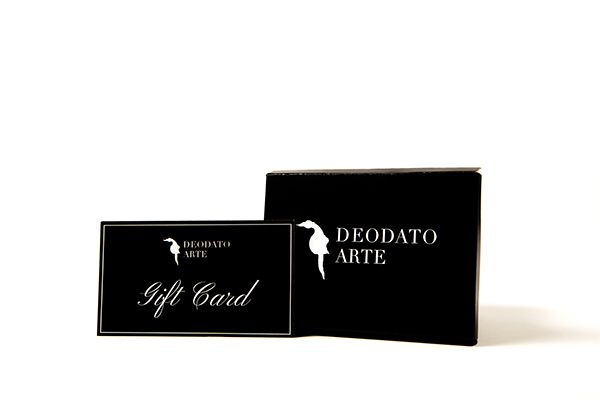
From Street to Post-Street: What Changed in Street Art
From Mexican Muralism to Banksy, Street Art is an as complex as varied art movement. In the broadest sense it is very ancient if not always existing (think about cave paintings or mural writings in ancient Rome). In contemporary art, Street Art, on the other hand, refers to a precise artistic current that was born in the 1970's and 1980's and follows its own rules and development.
"Independent public art", "post-graffiti", "neo-graffiti" and "guerrilla art": these are some of the terms that denote Street Art. If the concept of graffiti/writing refers only to the use of markers and spray cans, Street Art accounts for a wide range of techniques, from spray cans to stencils and much more.
We will then start from the origins of what we call Street Art to better understand what has changed today and why we can talk about the birth of a Post-Street Art.
The Origins

Jean Michael Basquiat and Keith Haring are the best known of this first phase and both are influenced by Andy Warhol's Pop Art. Basquiat expresses a multiracial reality, where primitive figures live tormented in a mystical and tribal atmosphere; Haring is instead the author of the iconic stylized little men we all know, in a joyful and colourful vision that does not lack to deal with politically and socially committed issues.
They disappeared prematurely in the late eighties and laid the foundations for the next Street Art: they are still a point of reference for many artists. If their preferred technique was the use of the brush, it is since the 1980s that the stencil technique has become another favourite tool of Street Art. Blek Le Rat, French artist, is among the first to use this medium, now employed by many other renowned street artists including Banksy.
From Wall to Canvas: the Birth of Post Street Art
Existing on an urban wall was the main feature of Street Art. However, nowadays something changed: street artists like Banksy, Mr. Brainwash, Invader and Obey have moved from walls to canvases or have preferred collaborations with institutions.
The 21st century street artist increasingly works in the studio and his works feature now silkscreen prints, canvases, sculptures. He is represented by a gallery and his works can be exhibited in museums and institutions. In short, Street Art is more and more becoming part of the system, of those market and collecting dynamics that dictate the rules in the art world.
The term Post-Street Art therefore refers to a new environment in which the limits of the old street art have been surmounted: between acceptance and museification this unique art has finally got the attention it deserves.
Street Art Is Dead: Mr. Savethewall Beheads Banksy

In 2019, after Banksy's unauthorized exhibition at Mudec, Mr. Savethewall elaborated his manifesto "Street Art Is Dead". For this occasion the artist returned to the origine, i.e. the street: in order to promote the exhibition, Mudec affixed almost completely white posters, inviting anyone to personalize them. Each billboard became a small "legal" Street Art space - yet Mr. Savethewall doesn't agree.
He covers the billboards with placards that are very similar to the ones of the museum, but with a portrait of David by Caravaggio beheading Banksy (symbolized by the monkey's head, iconic mask of the English street artist). Below features the sentence "Street Art without Street is 'just' Art".
Mr. Savethewall's message is only an apparent contradiction: Street Art has been dead since its institutional recognition. "Entering museums changes the rules of the game, the new rules are those of the system (of Art)" quoting the artist's words.
Post-Street Art: What to Expect?
With Post-Street Art something new was born and it will be defined more and more in the coming years. The Post-Street Artist are all those artists who, from Mr. Brainwash onwards, preserve the aesthetics and values of Street Art but without respecting its closest rules: they no longer work illegally, but they collaborate with public administrations, are represented by the best art galleries and are fully part of the art system.
The museification of Street Art is still in progress and we can only imagine what the future of the movement holds. The process of acceptance and institutionalization is not going to stop and the need for a watershed between Street Art and Post Street Art will be a need. In continuous evolution, street art is no longer only Haring's one, spread and transformed according to times and society: we need to follow its future developments to understand what will be kept of its original meaning and in which direction it will change.











 Register
Register Wishlist
Wishlist Contact Us
Contact Us
